Table of Contents
- Introduction
- Step 1: Market Research & Business Planning
- Step 2: Choosing the Right Location
- Step 3: Funding & Financial Planning
- Step 4: Licences & Legal Compliance
- Step 5: Technology, Equipment & Operations
- Step 6: Procurement & Vendor Management
- Step 7: Risk & Contingency Planning
- Green Steel & Sustainability Strategy
- Export Readiness & CBAM Impact
- Conclusion
The steel business has always been a backbone industry. But in 2025, it’s becoming a battleground — for scale, for innovation, and for staying power.
India’s demand is growing. New highways, housing projects, rail lines, and solar parks are pulling in millions of tonnes. At the same time, export orders are rising, thanks to trade policy shifts and global buyers looking beyond China.
This isn’t a casual business to enter. Margins are tight. Raw material prices swing often. And every part of your operation — from sourcing to sustainability — will be under the microscope.
But if you get it right, there’s real opportunity. Government support is stronger. Technology is cheaper. And smaller players, with the right strategy, are finding space to grow.
Starting now means starting smart. It means knowing the ground, understanding the risks, and building a business that can survive the cycles.
Step 1: Market Research & Business Planning
Steel isn’t a low-effort business. If you’re serious about getting in, start with facts — not assumptions.
Begin with demand
Look at where steel is being used in 2025 – roads, railways, solar parks, housing.
Then go local. Are there industrial projects coming up near you? Any new townships or metro lines?
Spotting demand early can help you plan what to make and where to sell it.
Know the players
Who’s already supplying your target market?
Are you competing with large plants, local rerollers, or traders?
Don’t try to be everything. Pick a niche – whether that’s TMT bars in tier‑2 cities, cut-length plates for fabricators, or custom-sized angles.
Find the gaps
Is there a shortage of quality material?
Do buyers complain about slow delivery or rigid payment terms?
These gaps can be your entry point; and your edge.
Do the math
Get real about numbers:
- Land cost
- Power rates
- Distance to suppliers
- Working capital for 6–12 months
A plan that only works in good times is a plan that won’t last.
Steel is capital-heavy and unforgiving. If prices dip or payments stall, you need to stay standing.
Bottom line? Good planning isn’t about long documents. It’s about knowing your ground, your product, and your margin of error.
Step 2: Choosing the Right Location
Where you set up shop can decide whether you survive your first year — or fold in six months.
Proximity matters
Stay close to:
- Your buyers — fabricators, builders, stockists
- Your suppliers — scrap dealers, mills, coil processors
- Transport routes — national highways, freight corridors, ports if you’re eyeing exports
The farther your raw material or finished goods have to travel, the more you’ll bleed on logistics.
Know the local ecosystem
Some states are making serious moves.
- Odisha has downstream parks with logistics support and port access
- Chhattisgarh is building capacity around the Nagarnar plant
- Maharashtra’s Vidarbha region is pitching itself as a green steel hub
Check what incentives are available — land subsidies, power discounts, tax breaks. Some of these are time-bound and only for MSMEs.
Don’t chase the cheapest land
Cheap land on paper often means:
- No grid power
- No access road
- No workers nearby
- Zero resale value
Spend smart, not small. You’re not just buying land — you’re buying stability.
Tip: Visit sites. Talk to local industry bodies. Look beyond Google Maps. A smart location saves you lakhs every month — or costs you crores in the long run.
Step 3: Funding & Financial Planning
Steel needs capital — there’s no getting around it. You can’t fake your way through this part.
First, count your setup costs
Start with the big stuff:
- Land and factory shed
- Cutting machines, cranes, power panels
- Safety systems and handling equipment
Now add what you’ll need to run month to month:
- Stock — coils, scrap, billets
- Wages, loading costs, repairs
- Diesel, electricity, transport
- Credit to customers (because few will pay upfront)
Bottom line: If you can’t run for 6 months without a single sale, you’re not ready.
How will you fund it?
Most first-timers go for:
- Short – Term or Long – Term loans from banks or co-op lenders
- Working capital limits
- Government-backed loans under CGTMSE or state MSME policies
- Private NBFCs (faster, but higher rates)
Before you apply, clean up your paperwork. You’ll need GST, PAN, address proof, project cost sheet, and supplier quotes. Many applications fail because the file is half-baked.
Do the hard math
Work out your:
- Breakeven point
- Minimum margin needed to stay afloat
- Backup plan if steel prices drop or buyers delay payment
It’s not about impressing a banker. It’s about knowing your own risk. A bad market will test you — and the numbers don’t lie.
Step 4: Licences & Legal Compliance
Steel businesses don’t run on machines alone — they run on paperwork. And if you miss a step, it’ll cost you later.
Start with the basics:
- Udyam Registration – for MSME benefits
- GST Number – without it, you can’t buy or sell legally
- Factory Licence – from your state labour department
- Power connection – for industrial load
- Pollution NOC – needed for most steel-related work
Get these done before you break ground. If you’re waiting on clearances mid-way, the delay will choke your setup.
If you’re processing or fabricating steel:
You’ll also need:
- Boiler registration (if you run one)
- Safety and fire approvals
- Environmental clearance for cutting, melting, or handling large volumes
- Hazardous waste permit if dealing with slag, chemicals, or scrap
Don’t copy someone else’s checklist — every state has its own rules. Walk into the local industry office and ask. Or pay a consultant once to get it right.
Keep it clean
Keep copies of every licence — both scanned and printed. Renew before expiry. Most shutdowns don’t happen because of market crashes — they happen because someone ignored paperwork.
Step 5: Technology, Equipment & Operations
The machines you choose will decide two things — your product quality and your monthly headache.
Choose machines based on your product
Don’t over-invest in what you don’t need.
If you’re cutting coils into sheets, you need:
- A decoiler
- A straightener
- A shearing or slitting machine
If you’re making TMT bars, you’ll need:
- A furnace
- Rolling mill stands
- Cooling beds
- Straightening and cutting lines
Every process has its own setup — don’t mix and match unless you’ve run it before.
Don’t ignore the power side
Steel machines draw heavy load. Get your industrial connection sanctioned early.
If your area has poor power supply, budget for a diesel genset or solar backup. Downtime will kill your cash flow.
Hire for skill, not just cost
A cheap operator who burns your coil is more expensive than one who asks for ₹5,000 more.
Train your team — especially for handling, cutting, and safety.
Going lean? Start simple
If funds are tight, start with manual or semi-auto lines and upgrade once cash flow stabilises.
What matters is consistency, not fancy tech.
Tip: Visit live factories. Watch machines in action. Don’t buy based on a brochure or what the dealer says.
Step 6: Procurement & Vendor Management
Your raw material isn’t just a cost — it’s your reputation. One bad batch, and your customer won’t call again.
Know what you’re buying
Whether it’s coils, billets, scrap, or wire rods — don’t just go by price.
Ask:
- What grade is it?
- Where is it from?
- How consistent is the size, weight, or finish?
Get a mill test certificate (MTC) wherever possible. If the specs are off, your machine won’t save you.
Build a vendor base, not just a price list
Don’t rely on one supplier. Find at least two solid vendors for each core item.
Why? Because steel prices change weekly, and sometimes availability matters more than cost.
Develop long-term relationships — with mills, service centres, traders, and even local scrap yards (if that’s your input). Good vendors will offer better credit, faster dispatch, and early access to deals.
Track, check, and plan ahead
Keep records. Verify incoming weight and quality. Flag rejections.
Plan procurement with a 15–30 day buffer if possible — steel supply chains move, but not fast.
Tip: Never buy large volumes from an unknown seller, no matter how cheap it looks on paper.
Step 7: Risk & Contingency Planning
In steel, risk isn’t theory — it’s Tuesday.
Prices swing. Payments get delayed. Machines break. A shipment gets stuck. You don’t plan for “if.” You plan for when.
Price volatility
Steel prices don’t sit still. A ₹5,000/tonne swing in one month isn’t rare.
If you run on razor-thin margins, that dip can wipe out your month.
Lock in rates with suppliers when possible, and don’t over-promise to customers without price buffers.
Payment delays
Most buyers will push for 30–60 day credit.
If you don’t plan for that gap, your cash flow will dry up — even with a full order book.
Set clear terms, follow up, and have a plan for late payments.
Machine breakdowns
One snapped bearing can stall your entire line.
Keep spare parts. Train your team to spot wear before it breaks.
A few hours of preventive maintenance a week beats two days of panic repairs.
Emergency buffer
Set aside at least one month of working capital.
That’s your cushion if something goes sideways — and it will.
Rule of thumb: If your plan only works when everything goes right, it’s not a real plan.
Green Steel & Sustainability Strategy
This isn’t a buzzword anymore — it’s business reality.
Buyers are asking questions
Large contractors, exporters, even local builders now care where your steel comes from and how it was made.
They’re under pressure to reduce their own carbon footprint — and that pressure flows down to you.
Expect questions like:
- Are you using induction, arc, or blast furnaces?
- Is your input from virgin ore or recycled scrap?
- Do you track your emissions or energy use?
If you can’t answer, you risk losing the deal.
Green moves that matter
You don’t need a hydrogen furnace on day one. Start small:
- Source from EAF-based suppliers (lower emissions)
- Use scrap steel where quality allows
- Set up rainwater harvesting or solar backup
- Track power usage — and reduce waste
These aren’t just environmental choices — they’re cost choices. Cleaner operations tend to run more efficiently.
Government push is real
Schemes like the PLI for Specialty Steel and various state incentives are pushing cleaner production.
If you plan right, you can tap subsidies while also future-proofing your business.
Bottom line: Green isn’t just good PR — it’s what keeps the doors open in the long run.
Export Readiness & CBAM Impact
If you plan to sell beyond India, you need more than a shipping partner — you need a game plan.
Indian steel is in demand
Exports are rising, especially to Southeast Asia, the Middle East, and parts of Europe.
But buyers aren’t just looking at price anymore — they’re checking:
- Material traceability
- Quality certifications (ISO, BIS, CE)
- Production methods and carbon impact
If you can’t show paperwork, they won’t pick up the phone.
CBAM is coming — and it’s serious
The EU’s Carbon Border Adjustment Mechanism (CBAM) is already affecting exporters.
If your steel isn’t produced cleanly — or if you can’t prove it — you’ll get hit with import duties at the European border.
This isn’t just for big players. Even small exporters are feeling the heat.
What to do now:
- Choose raw material sources with cleaner profiles (EAF/scrap > blast furnace)
- Keep records of power use and emission levels
- Work with logistics providers who know CBAM paperwork
- Consider certification (ISO 14001, EPDs) if you want to grow in Europe
Tip: Exports can boost your bottom line — but only if you’re ready on paper and in practice.
Conclusion
Steel doesn’t give second chances. You either build it right or you watch it fall apart — fast.
In 2025, the market’s alive with opportunity, but it’s not forgiving. Prices move, buyers expect more, and small missteps can snowball. If you’ve done your homework — chosen the right product, locked in your supply chain, and stayed sharp on compliance — you’ve already cleared half the minefield.
Add green thinking, plan for risk, and keep your operation lean — that’s how you stay relevant five years down the line.
This isn’t an industry for guesswork. But if you get it right, it’ll pay you back for decades.
Looking to procure steel?
Tata nexarc helps manufacturers, builders and MSMEs source certified steel products, compare prices, and choose the right grade as per IS codes—with complete traceability and procurement confidence.
FAQs
Is steel business profitable?
Which is the largest consumer sector for steel?
What are the current BIS standards applicable to steel products in India?
BIS (Bureau of Indian Standards) mandates specific IS codes for different steel products. For example, IS 1786 for TMT bars, IS 2062 for structural steel, and IS 10748 for hot-rolled strips. Products sold in India must conform to these standards if listed under the Quality Control Order (QCO).
Can a steel business be eligible for carbon credit incentives or trading in India?
Yes. If your plant reduces emissions through energy efficiency, solar usage, or green sourcing (e.g., EAF scrap route), you may qualify for carbon credits under schemes like PAT (Perform, Achieve, Trade) or voluntary carbon markets.
How does the scrap steel market impact pricing for small steel plants?
Scrap is a primary input in Electric Arc Furnace (EAF) and induction-based steel production. Volatility in scrap prices — influenced by global demand and shipping rates — directly affects profitability for small mills relying on secondary steel.
What are the insurance options for steel manufacturing units in India?
Are there any steel-specific ERP or inventory software solutions for MSMEs?
How do I find trained operators or mill technicians for a steel unit?
What safety certifications are mandatory for operating steel rolling or cutting machines?
How can I register with government e-marketplaces (like GeM) to supply steel products?
Swati is a passionate content writer with more than 10 years of experience crafting content for the business and manufacturing sectors, and helping MSMEs (Micro, Small and Medium Enterprises) navigate complexities in steel procurement, and business services. Her clear and informative writing empowers MSMEs to make informed decisions and thrive in the competitive landscape.


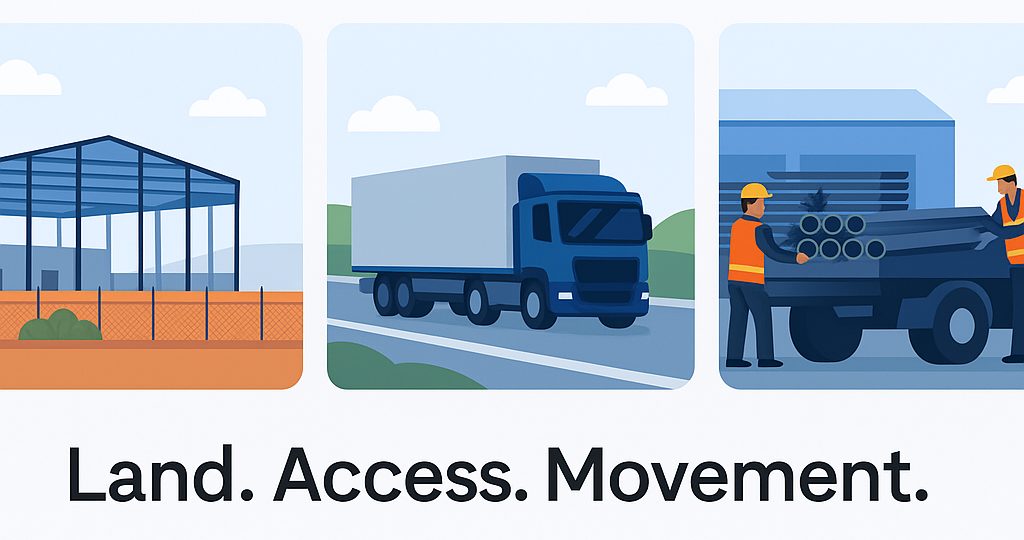
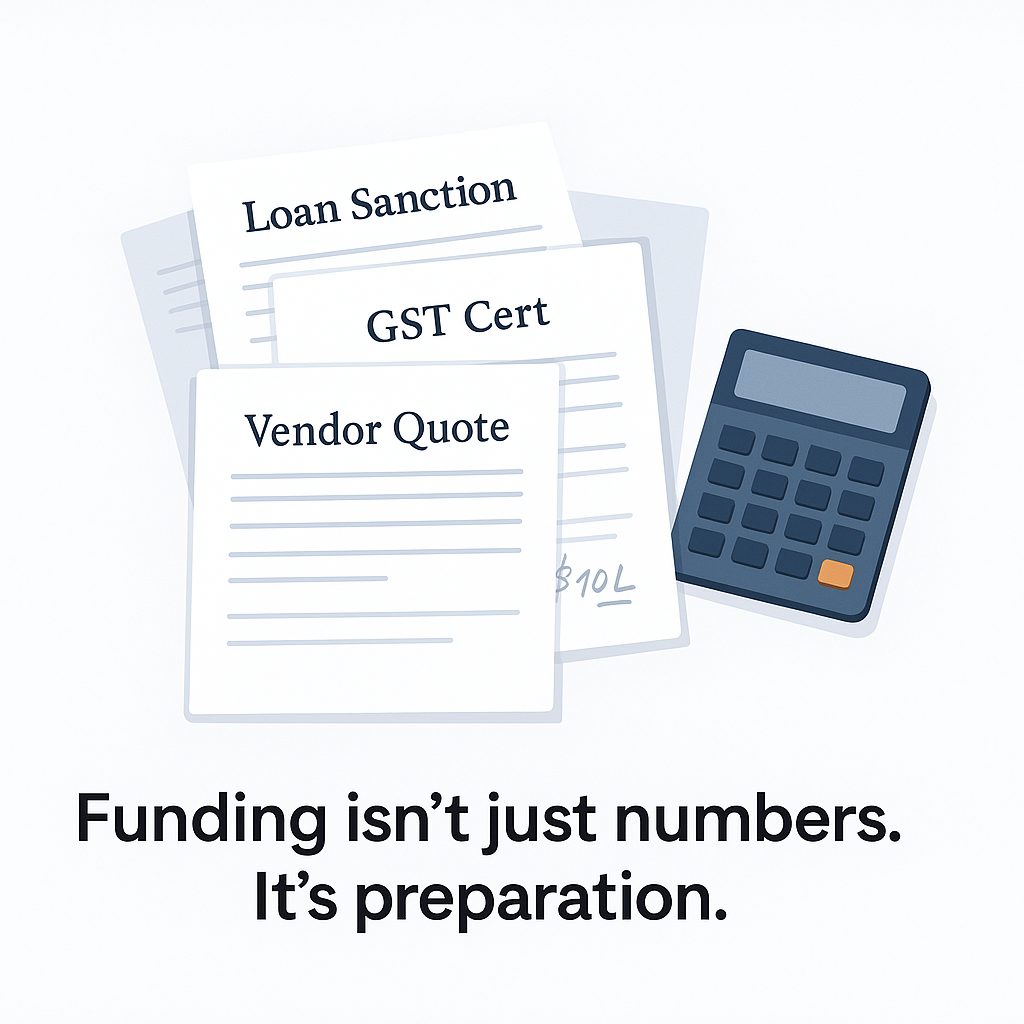


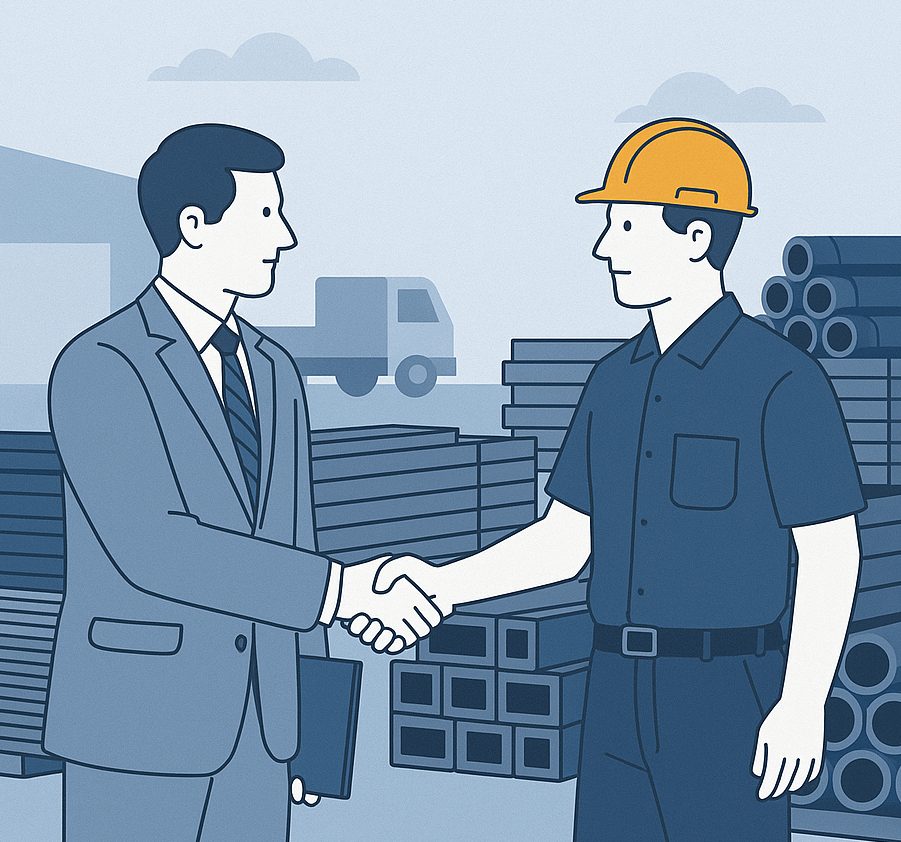
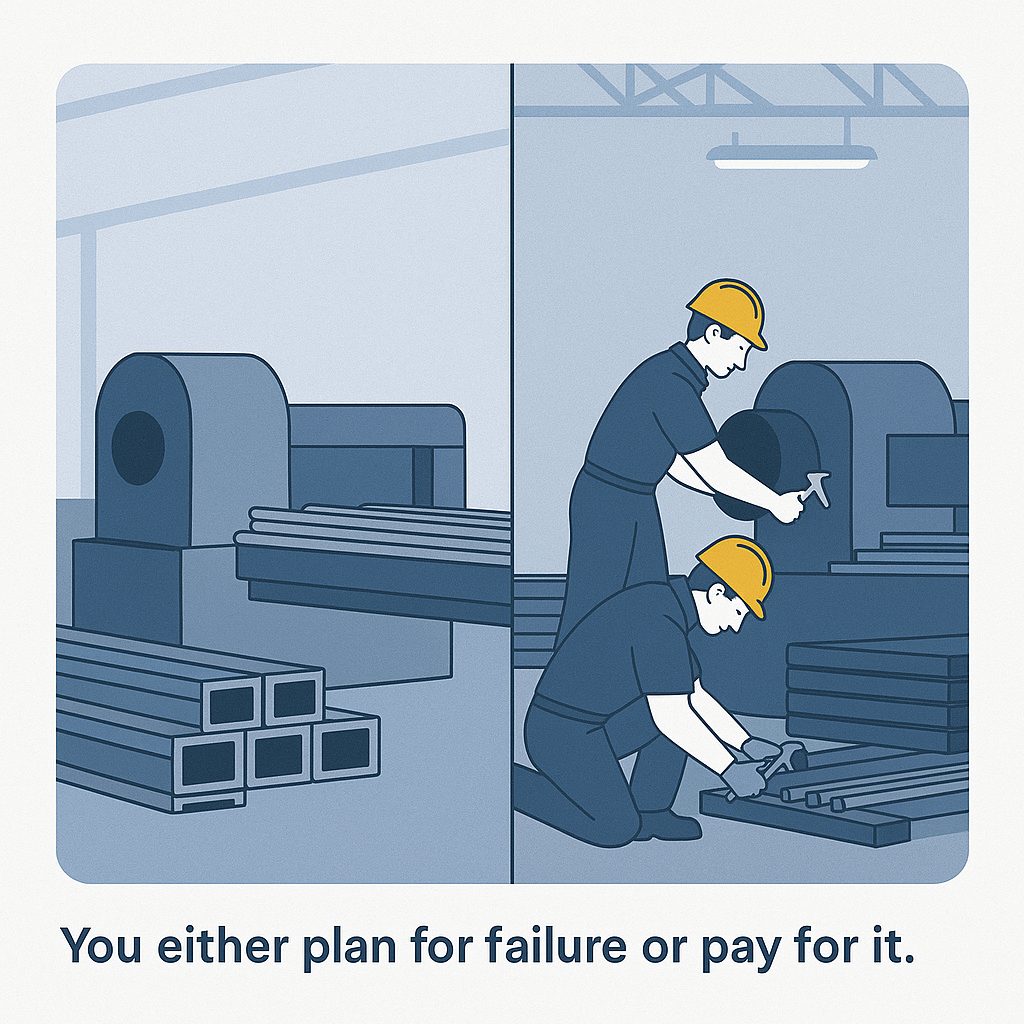

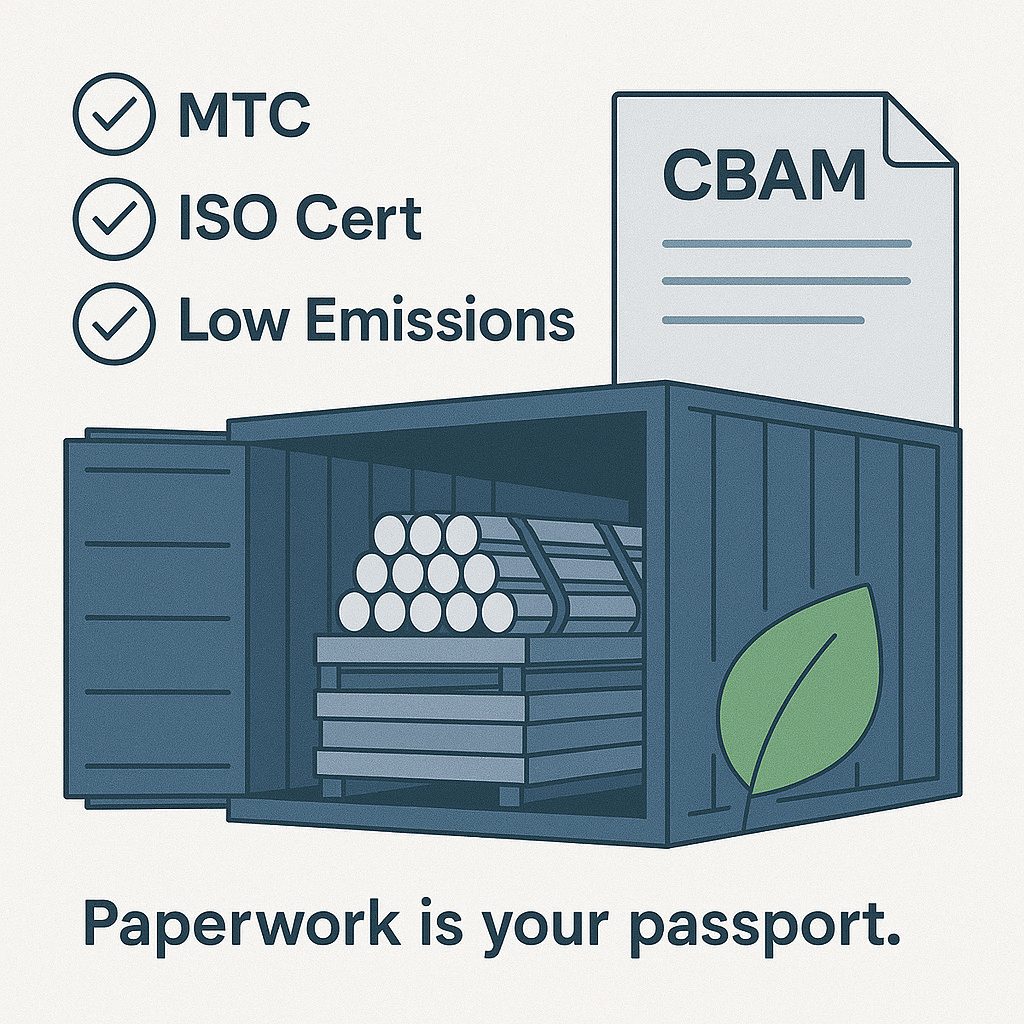

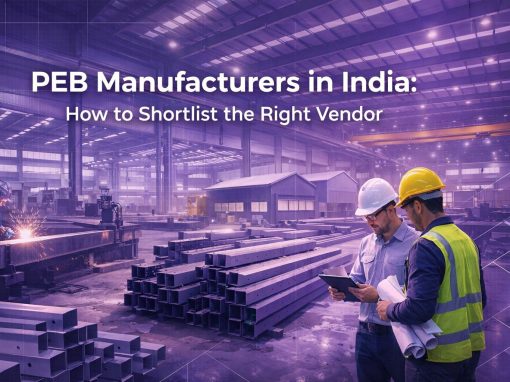
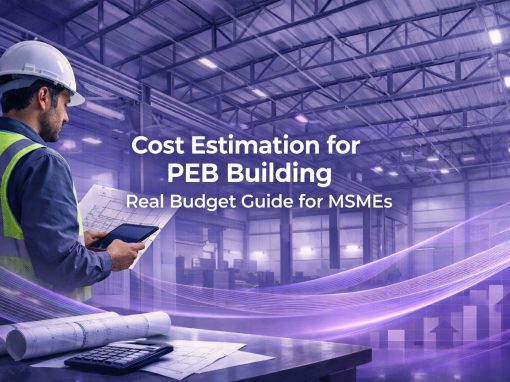

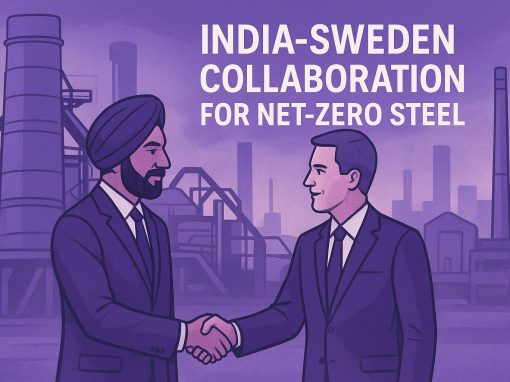
The article says have to check out the competition. Let’s say I want to start making TMT bars in Maharashtra. How do I find out who else is already doing that around here? Are there websites or magazines that track steel production by location?
The article clearly describes the potential of joining the steel business. Moreover, since sustainable steel manufacturing is being actively promoted, an upcoming steel business has the added benefit of directly implementing the required machines more easily, as compared to existing businesses, who already have invested in conventional machinery.
Excellent